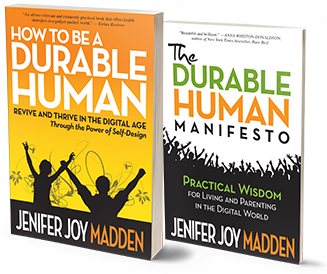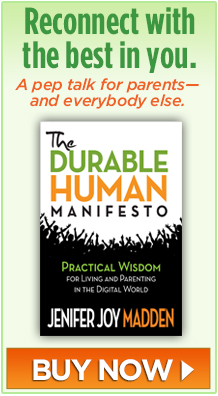At this point in the new century, many of us do things to save dwindling resources and make better use of others. But decisions can be tricky. Where do we set the thermostat and still be comfortable? Should we eat the organic imported orange or the conventional local apple? Do we print out the PDF or read it online? Technology helps, but can complicate matters.
Large institutions have a harder time because they must meet disparate needs and demands. Take the example of American University, a school in Washington, D.C., which recently introduced a Green Teaching Certificate. Courses are “Green Certified” if teachers communicate online, use electronic books and readings, and let students use laptops in class, among other measures considered sustainable.
But the system is causing hiccups for the age-old craft of writing. Writing instructors and their first-year students were surveyed for a Literature Department teaching seminar aptly named “Going Green in the Classroom: Balancing Ecological and Learning Environments.”
It turns out that faculty members all do some things green, even if not officially certified. There is general agreement that posting assignments on the document-sharing platform, Blackboard, helps everyone stay organized. But working online apparently has its drawbacks.
Not being able to get their hands on the material is a common complaint of students. “You can’t take notes on readings online so it makes reading harder, ” was one of several similar student comments.
Yet, 95 of the 130 students surveyed don’t print out the readings. Three out of four don’t even read them. “I absolutely hate reading things online,” acknowledged one student. “Having a hard copy of readings is much more beneficial to my learning experience.”
Teachers also like good old pen and paper. One didn’t mince words: “Students who do not print out and mark up readings for e-reserves are completely useless in class.”
Not having anything to write on also takes its toll on the writing process. As a teacher understated, “The revision process is much more productive, in my experience, when students have hard copy in front of them.”
When material is printed, faculty members don’t like the university’s suggestion to make single-spaced, two-sided copies because there’s no space for notes and revisions.
But printouts—or lack thereof—have a price. One student explained the predicament: “While green courses may intend to help the environment, it really puts more of the burden of cost on the student. I am currently in 3 “green” courses and have had to use ALL my printing bucks…and have gone through two ink cartridges in order to print out all the readings I am required to do.”
To protect students, some teachers bear the burden, but shift the cost. “It’s either them or me, and for what they pay in tuition, I’ve decided it should be the university’s paper and Xerox machine.”
One teacher has a partial workaround: printing handouts for in-class use only. “I number them (making no more than ten—and requiring them to look on with a classmate) and collect them at the end of a class period.”
Laptops present another quandary. “There’s no way they’re not gonna check Facebook!” despaired a faculty member. Many students readily admit checking email and doing other “personal research” in class. The distraction factor is so high, one out of three teachers ban laptops. That’s fine, says a student, because some people don’t have one. “I think there should be some degree of understanding if the course is ‘green.’ ”
Beyond the ethical dilemmas is the irony that classrooms assigned to most AU College Writing Professors aren’t equipped with computers (but do have projectors). The Literature Department recently received its first scanner. But if the scanner is used so materials can be copied, then paper-using has only been perpetuated.
In the end, for faculty and students alike, decisions about eco-rules are personal and pragmatic. “As much as I would like to help the environment and not print out all the readings,” one student lamented, “the most effective way of learning is to read the paper copy and highlight and take notes rather than attempt to read on a computer screen.”
A teacher questioned the very nature of going green. “Blackboard is a great resource, and I like the way it has allowed me to save paper, etc., but it does not appear to me intentionally or pointedly green. All of this is peanuts compared to the real carbon footprint of driving to and from school.”
It would be instructive to know whether Lit is the only AU department, or AU the only school, which struggles with green policies. If you have some experience—please share your thoughts.



